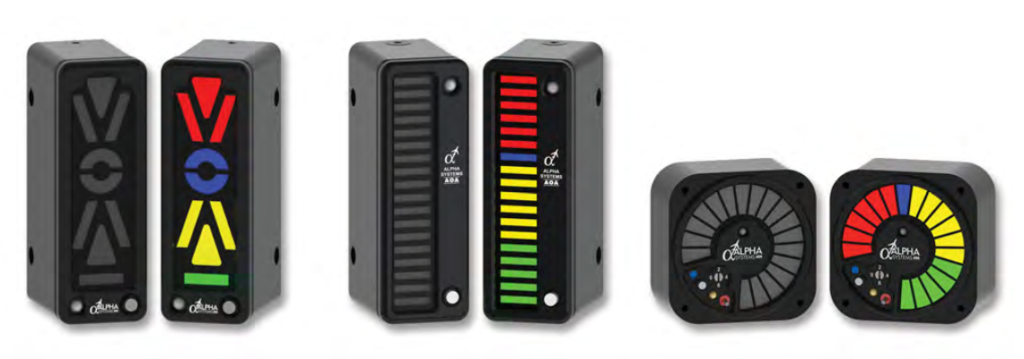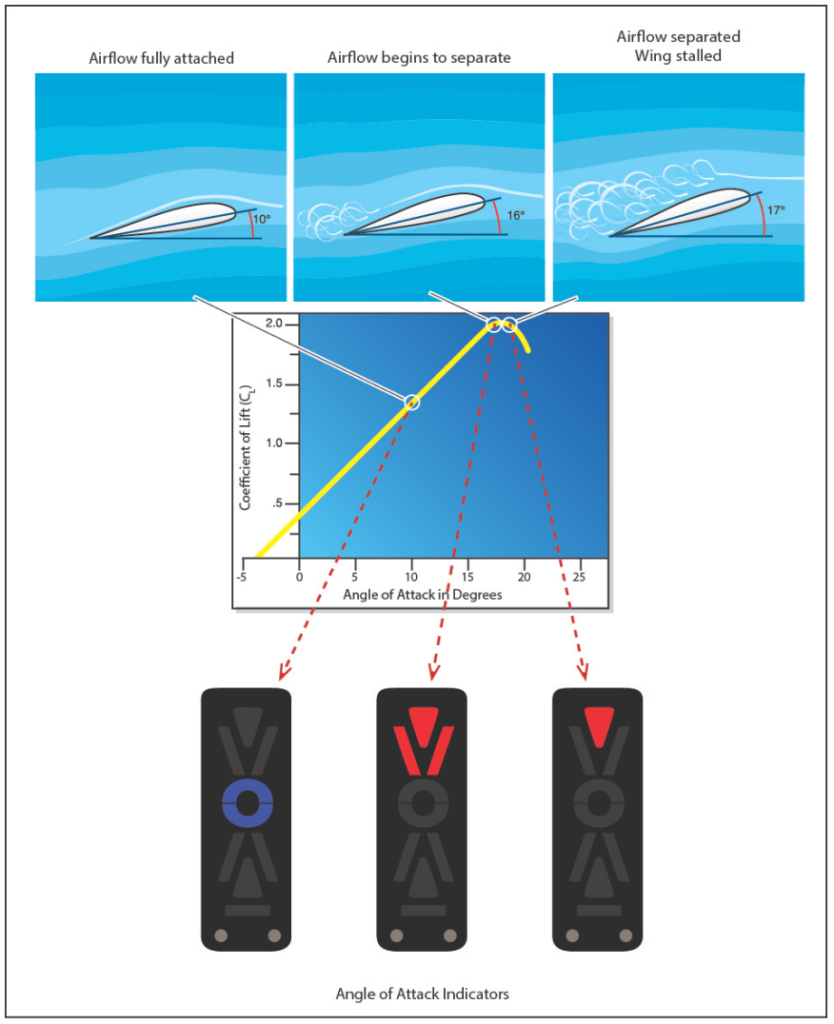Did you know that loss of control (LOC) is the number one root cause of fatalities in both general aviation (GA) and commercial aviation? More than 25% of GA fatal accidents occur during the maneuvering phase of flight. Of those fatal accidents, half involve stall/spin scenarios resulting in a crash. What can pilots do to prevent this? For starters, the use of advancing technology such as angle of attack (AOA) indicators can have a tremendous impact on reversing this trend.

During your student pilot training you are taught to rely on speed and the 1G stall speed to avoid stalls. However, speed by itself is not the best parameter to avoid a stall/spin condition. Because stall speeds change based on the aircraft’s configuration, aerodynamic loads, and environmental conditions, determining exactly when an aircraft might stall can be difficult. An airplane will, however, always stall at the same angle of attack, called the critical angle of attack. This happens regardless of weight, bank angle, temperature, density altitude, or center of gravity.
An angle of attack (AOA) indicator can determine the aerodynamic health of the airfoil (wing). This flight instrument measures the angle between an aircraft’s wing and the relative wind, providing a visual representation of how much lift the wings are generating at a given airspeed or angle of bank. More simply, an AOA indicator displays the margin between the current AOA of the airfoil, and the AOA at which the airfoil will stall (critical AOA), providing the pilot with a visual and sometimes audible indication.

An AOA indicator can have several benefits when installed in GA aircraft, not the least of which is increased situational awareness. Without an AOA indicator, the AOA is invisible to pilots. These devices measure several parameters simultaneously to determine the current angle of attack, then provide the pilot with a visual representation of the current AOA along with a depiction of the proximity to the critical AOA. Additionally, these devices can give a visual rendering of the energy management state of the airplane. An airplane’s energy state uses the balance between airspeed, altitude, drag, and thrust to represent how efficiently the airfoil is operating.
Will you be attending EAA AirVenture this year? Do you want to learn more about AOA Indicators and even have the opportunity to fly a simulated scenario using one? Well, join ASA along with several industry stakeholders for An Introduction to AOA Indicator Systems on Wednesday, July 24th. Register here for this FREE flight simulation workshop.





